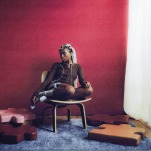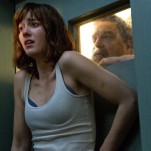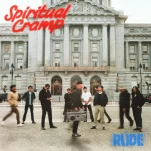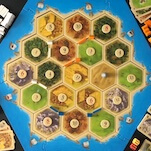Lea Glob Finds Her Muse with Apolonia, Apolonia
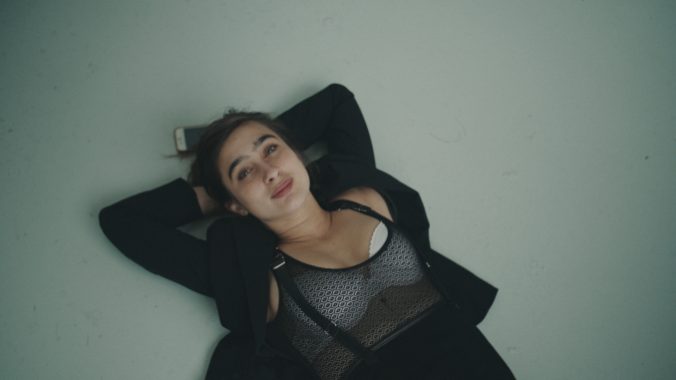
We meet Apolonia Sokol as she prepares for her 26th birthday party. A shaving cream beard coats her face as she trims her bangs in the mirror, hair trickling into the sink below. The first voice we hear, however, is not of Apolonia, Apolonia‘s subject, but director Lea Glob, who narrates the moment she captures behind her camera.
The Danish filmmaker met Sokol, a contemporary French painter, in 2009 when she set out to portray her on camera for a film school project — the result being 13 years of candid footage, spanning Sokol’s unconventional bohemian upbringing in her parents’ theater to her later accomplishments as a professional figure painter. Striking and tender, the film divulges Sokol’s evolution in both her own identity and art — two things she sees as interconnected.
-

-

-

-

-

-

-

-

-

-

-

-

-

-

-

-

-

-

-

-

-

-

-

-

-

-

-

-

-

-

-

-

-

-

-

-

-

-

-

-









